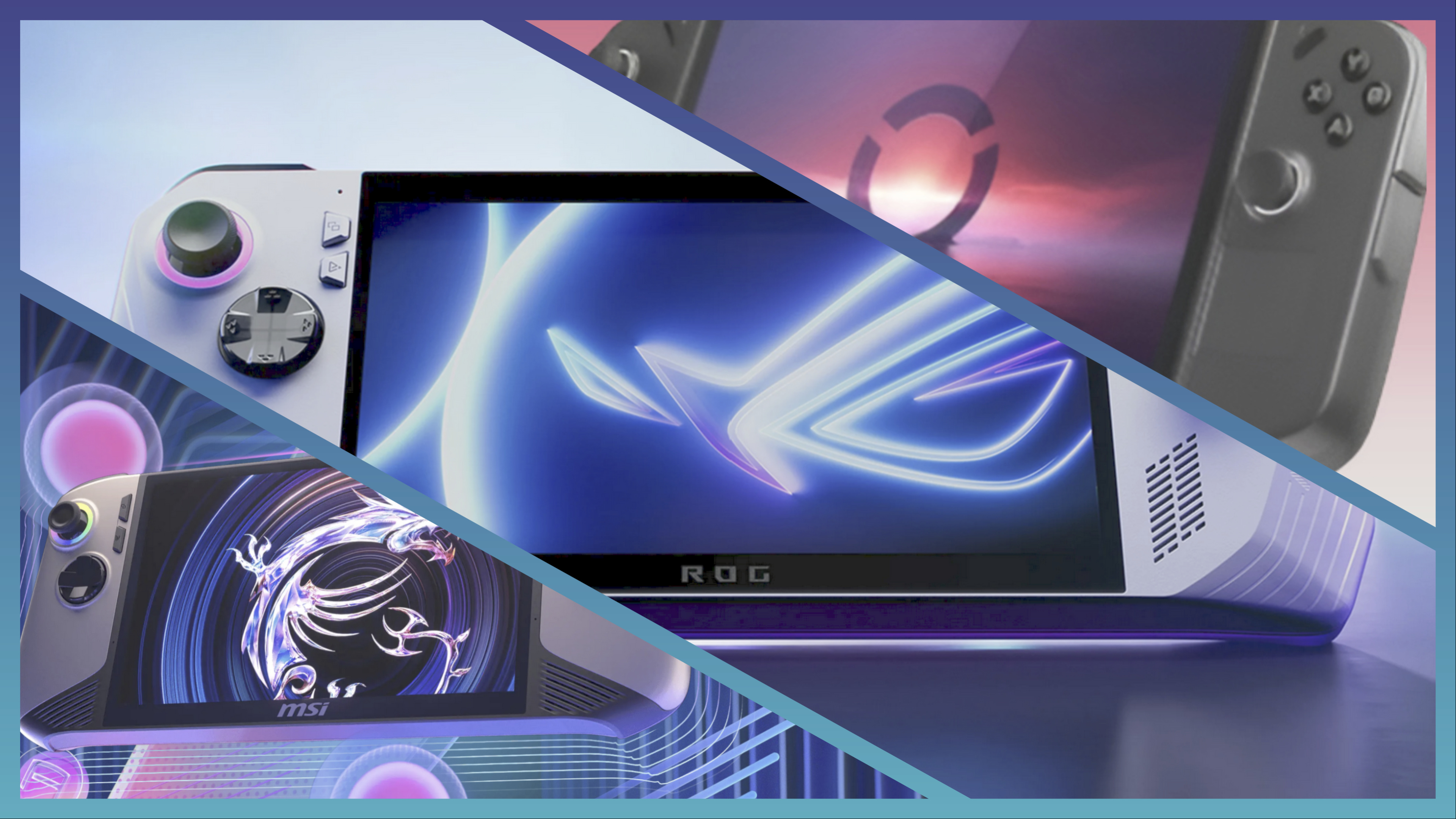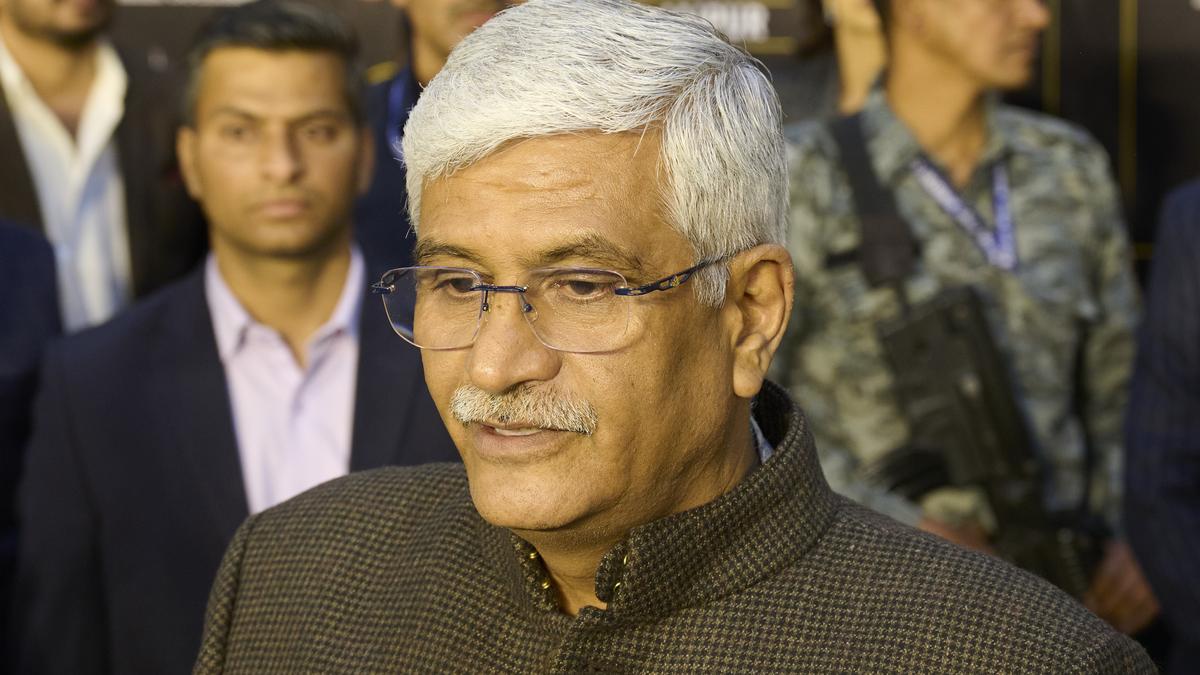The Nintendo Switch 2 has periodically taken the handheld gaming spotlight, with its early June launch leading to high sales – to be specific, it’s already sold over 3.5 million units worldwide. However, if it wasn’t clear enough already from my previous articles, I don’t recommend the device for many reasons.
The $80 price tag for first-party games, the lack of freedom and ownership issues, alongside its price against other handheld gaming PCs and consoles, all play a significant factor in my decision not to buy one.
Amazon’s Prime Day is also on the horizon – but if you had any hopes of major Switch 2 price drops, there likely won’t be any worth noting, because it’s still far too early post-launch. This means looking at alternatives – you could still purchase the original Nintendo Switch, but that would leave you behind a generation in terms of performance.
That opens the gateway to handheld gaming PCs, and since I’ve used a handful of them, there’s a few that I would recommend if you’re out for a Switch 2 alternative.
1. Asus ROG Ally
Having used both the Asus ROG Ally and the Lenovo Legion Go for a long time (mostly the former), I can tell you that they’re the best handhelds you can get in the same price region as the Switch 2.
Both use AMD’s Ryzen Z1 Extreme processor, which utilizes 8 cores and 16 threads, along with 12 RDNA 3 GPU cores – and that’s ideal for a 1080p game resolution.
It has the benefit of VRR (variable refresh rate) to ensure the screen’s refresh rate syncs with your game’s frame rate, eliminating screen tearing in the process – a game-changing tool the Switch 2 doesn’t have, while docked.
I’ve gone as far as installing Bazzite on the Asus ROG Ally, and it’s made the handheld gaming experience much easier and more streamlined. It’s no secret that Windows 11 has a significant impact on gaming performance, as we’ve seen that SteamOS performance shines in several games in comparison.
Most importantly, though, the ROG Ally has a faster processor, more RAM at 16GB vs the Switch 2’s 12GB, with access to a greater library of games (since it’s a PC, after all). Its price at launch was $699 / £699 / AU$1,299, but that’s dropped down to $649 / £522 on Amazon. Already on Amazon in the UK, it’s available at £449 on sale, in the same price region as the Switch 2’s Mario Kart World bundle – and since Prime Day is on the horizon, expect it to drop even lower.
2. Lenovo Legion Go

The same applies to the Lenovo Legion Go; you’re getting great performance across a variety of games with the Z1 Extreme chip, and a 144Hz refresh rate. If anything, this is a direct competitor to the Switch 2, with its detachable controllers allowing you to replicate the Joy-Con experience.
While I’d still recommend the Asus ROG Ally for most gamers, the Lenovo Legion Go slightly widens the gap with a much bigger 8.8-inch 2560×1440 screen. However, it’s important to note that this can be a detriment in a decent number of games – and that’s because the Z1 Extreme is pushing above its weight with gaming at 1440p.
You may be able to get away with it in titles like Hades that don’t require a lot of power to run well, but you’ll definitely be tuning down the resolution in games like Cyberpunk 2077, Resident Evil 4, or Hitman World of Assassination.
Don’t let that deter you from purchasing, though, as you’ll still be getting the same or better gaming performance as you would with the Switch 2 with a screen of higher quality (just note, that it doesn’t have VRR).
As for its price, you can find it at $699 at Amazon in the US and Best Buy, but if you’re in the UK, you can find it as low as £499. With Prime Day almost here, prices should drop significantly.
There’s also a Lenovo Legion Go S, using a weaker Ryzen Z2 Go processor, but there’s another variant using the same Ryzen Z1 Extreme; it knocks the resolution down to a more reasonable 1920×1200 on an 8-inch display with VRR.
3. MSI Claw 8 AI+

While the MSI Claw 8 AI+ is the most expensive option compared to the Switch 2, Lenovo Legion Go, and Asus ROG Ally (and by a significant margin) at $900 / £899 / AU$1,799, it’s easily the best handheld gaming PC under $1,000.
Using Intel’s Core Ultra 7 258V processor, gaming at low TDPs (power consumption) is the biggest highlight as it provides extensive battery life without a heavy compromise on frame rates.
It’s the one handheld I recommend for anyone willing to spend more than they would for affordable handhelds, as you’ll get the bang for your buck. I haven’t had the opportunity to get hands-on yet, but based on performance results and Intel’s driver improving performance, it’s enough for me to say it’s a better choice than the Switch 2.
The only potential downside is that I don’t see any major discounts coming in for this one on Prime Day – and that could be a dealbreaker for anyone wincing at the price tag. It’s still a fairly new handheld, and there is a lack of availability right now. So in reality, you’ll likely find yourself choosing between the Legion Go and ROG Ally.






